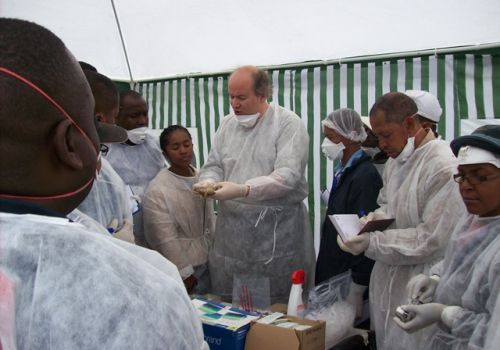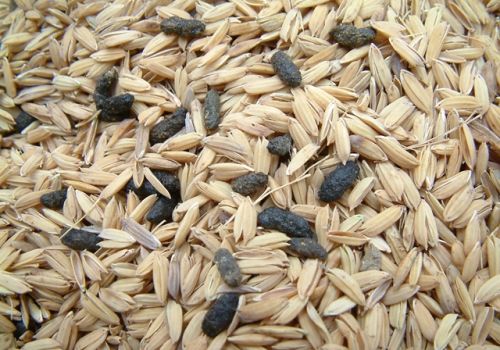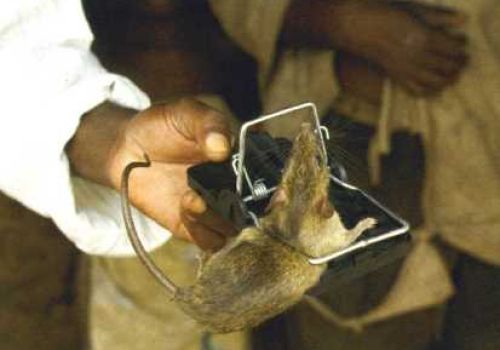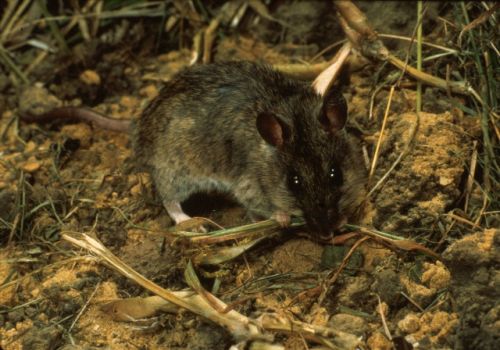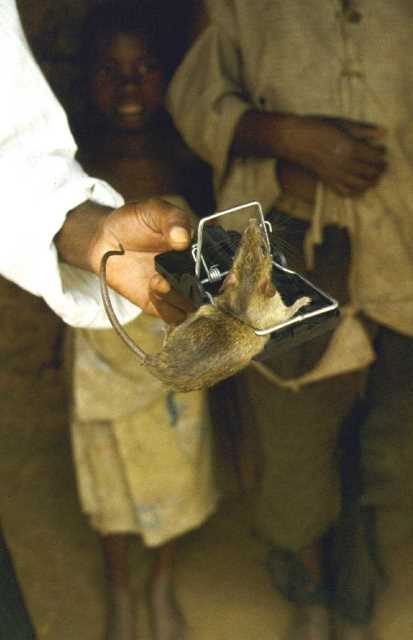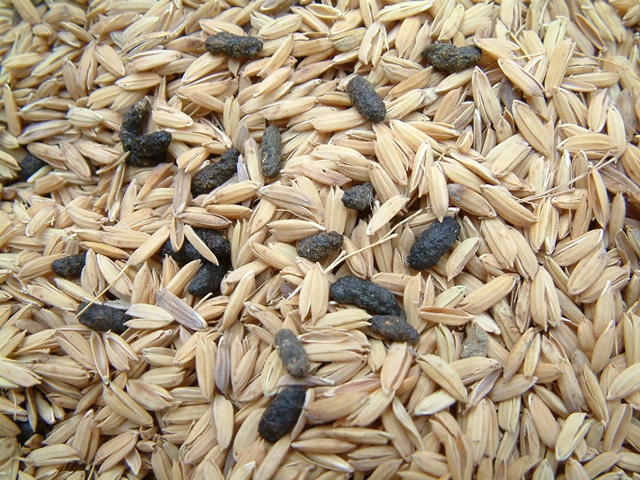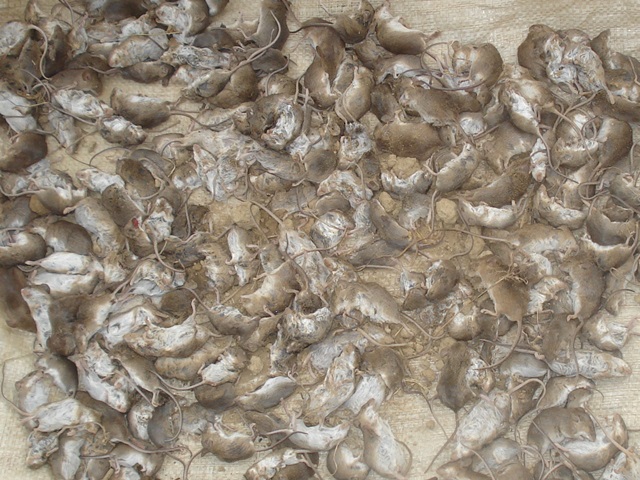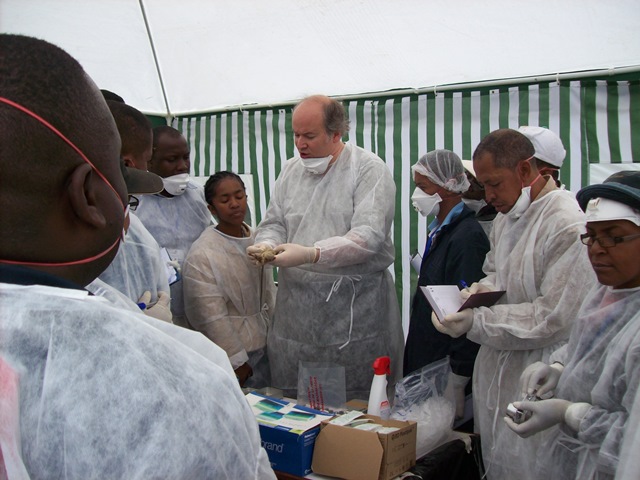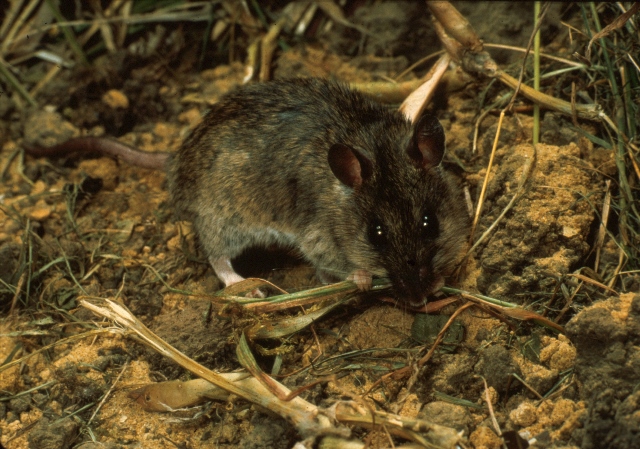
Mastomys natalensis is the most widespread rodent pest in Africa and is found in all sub-Saharan African countries. When conditions are right in East Africa this rodent can undergo rapid population expansion causing massive rodent population outbreaks leading to 100% crop loss and regional famines. Besides major impacts to agriculture in Africa, this species is the reservoir of Lassa Fever, a haemorrhagic fever disease in West Africa that has very similar symptoms and transmission dynamics as the Ebola Fever (reservoired by fruit bats) currently outbreaking in West Africa.


